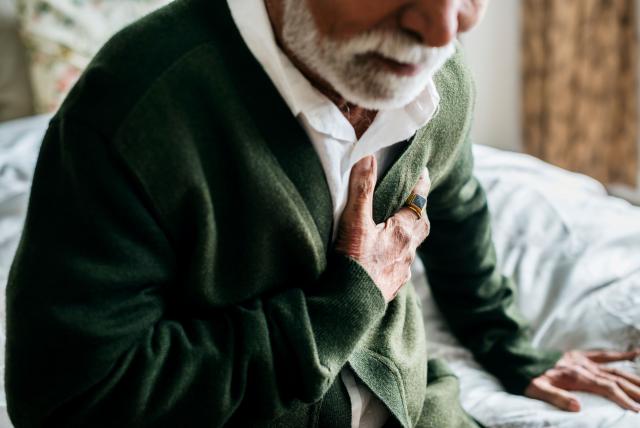Coronary heart disease is the number one killer in Casey, according to recent data.
The Australian Institute of Heath and Welfare have released their latest documents showing the top 20 causes of death for local government areas.
The overall biggest killer in Casey between 2017-2021 was coronary heart disease (9.7 per cent of deaths).
Accoring to the Heart Foundaiton, coronary heart disease occurs when a coronary artery clogs and narrows because of a buildup of plaque.
Plaque is made of fat, cholesterol and other materials, which builds up inside artery walls and can cause the arteries to narrow and stiffen, reducing blood flow and vital oxygen to your heart muscle.
The Heart Foundation reports many Australian’s are unaware of the plaque build up until they have a heart attack or angina.
Coronary heart disease was likewise number one in Cardinia (10.8 per cent) and Greater Dandenong (10.3 per cent).
Risk factors include unhealthy eating, being physically inactive, smoking, obesity, lack of good social support and age.
Over the five years collated in the report, Casey’s death toll, median age at death and number of premature deaths fluctuated.
In 2017, Casey reported 675 deaths with a median age of 78.4 years and 286 premature deaths.
2019 was Casey’s worst year in the report, with 827 deaths, a median age of 75.5 years and 401 premature deaths.
By 2021, the numbers were beginning to decline as Casey reported 793 deaths, a median age of 77 years and 354 premature deaths.
While the top ten causes of death for males and females were largely the same, there were some important differences.
The top ten causes of death in males were, coronary heart disease (11.9 per cent), lung cancer (6.6 per cent), dementia (6.2 per cent), cerebrovascular disease (3.9 per cent), chronic obstructive pulmonary disease (3.6 per cent), diabetes (3.6 per cent), suicide (3.4 per cent), prostate cancer (3.3 per cent), colorectal cancer (3.3. per cent) and heart failure (2.5 per cent).
Coronary heart disease was also the number one killer for males in Cardinia (13 per cent) and Greater Dandenong (12.1 per cent).
In females, the top ten leading causes of death were dementia (12.7 per cent), coronary heart disease (7.4 per cent), cerebrovascular disease (6.1 per cent), lung cancer (5.3 per cent), breast cancer (4.7 per cent), chronic obstructive pulmonary disease (4.5 per cent), colorectal cancer (3.7 per cent), diabetes (2.9 per cent), accidental falls (2.9 per cent) and heart failure (2.6 per cent).
Dementia was likewise the number one killer for females in Cardinia (11.2 per cent) and Greater Dandenong (14 per cent).
Females had numerous diseases in their top 20, which men did not have.
These included hypertensive disease (1.5 per cent), diseases of the musculoskeletal system and connective tissues (1.3 per cent), ovarian cancer (1.5 per cent), uterine cancer (1.5 per cent), cardiac arrhythmia (1.5 per cent) and pancreatic cancer (2.1 per cent).
Hypertensive disease, or high blood pressure, develops earlier and faster in women than in men, according to a study done by non-profit healthcare organisation Cedars-Sinai.
The study also showed women’s blood vessels age faster than men’s.
Males had reported deaths due to suicide (3.4 per cent), liver cancer (1.5 per cent), liver disease (2 per cent), brain cancer (1.6 per cent) and accidental poisoning (1.5 per cent), which were not present in the female data.
According to the Australian Mens Health Forum (AMHF), there are five key risk factors for male suicide.
These include relationships, where men who commit suicide are more likely to be single or recently separated, and unemployment, where unemployed men are reported to be nearly ten times more likely to commit suicide than employed men.
AMHF reports as many as 1 in 5 male suicides are linked to problems with finances and 1 in 2 suicides are linked to physical health problems.
An Australian Burden of Disease study revealed men account for 87 per cent of deaths from alcohol related suicides, with around 40 per cent of male suicides linked to alcohol and drug problems and 4 out of 5 male suicides being associated with alcohol and substance abuse.







